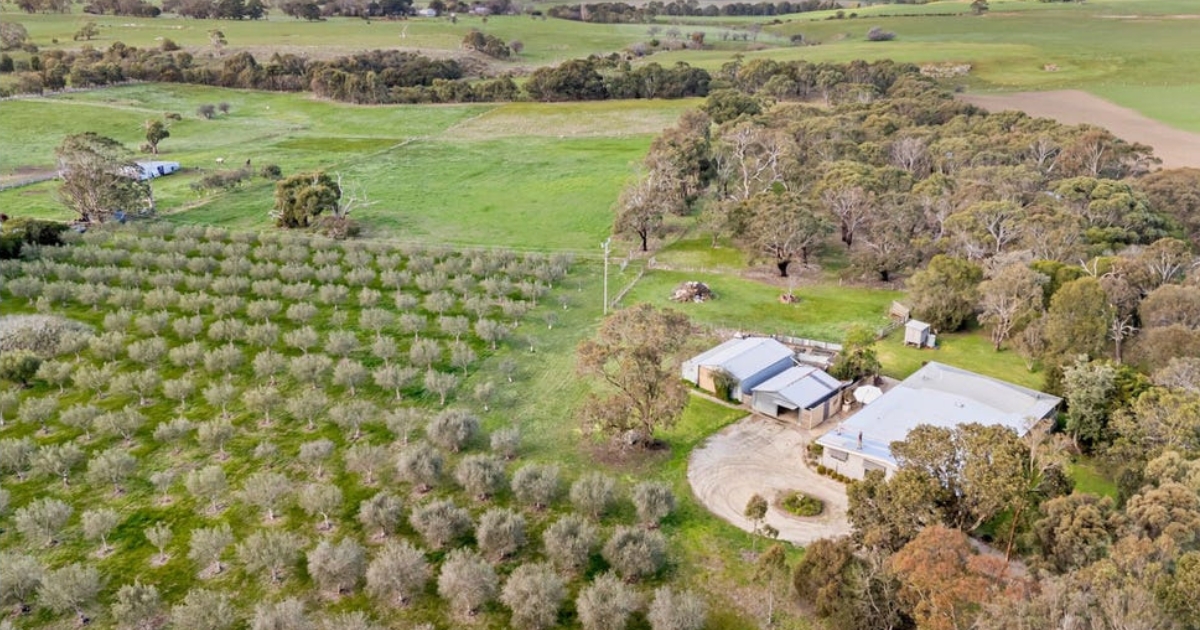Suburb by suburb snapshot: Buninyong
The size of Buninyong is approximately 26 square kilometres and has 12 parks covering nearly 7.5 per cent of total area.
The population of Buninyong in 2011 was 3244 people and by the 2016 Census the population was 3715 showing a population growth of 14.5 per cent.
Buninyong is on the Midland Highway, 11 kilometres south of Ballarat and its name arose from Mount Buninyong (originally Boninyong), which overlooks the town.
It is thought that the name derives from an Aboriginal word meaning a man lying on his back with knees raised. The first pastoral run in the area (1838) was named Boninyong and was occupied by the Learmonth brothers, the first of several families of Scottish descent who settled in the district.
Buninyong was near the junction of the roads from Geelong and Melbourne to the Ballarat district. A store was erected near the junction in 1841, and a Buninyong post office was opened in 1845. A blacksmith and wheelwright’s shop opened in the 1840s and its proprietor, Thomas Hiscock, was to have a profound effect on the district.
Hearing of a reward for gold discovery in Victoria, Mr Hiscock prospected in several gullies around the Buninyong hamlet, finding it o n 8 August 1851. A rush took place and, although the Buninyong find was patchy, the miners discovered the rich Ballarat field at Golden Point within a short time.
In June 1850, the Buninyong township had been surveyed and land sales occurred in May 1851. On 15 July 1859, the town was made a municipal borough, a year after a Road District was proclaimed and in 1889 a branch railway line was opened from Ballarat.
After the 1890s mining declined and by the 1930s the population had fallen by nearly a half to about 800 people.



















